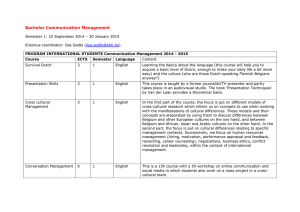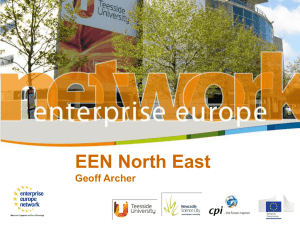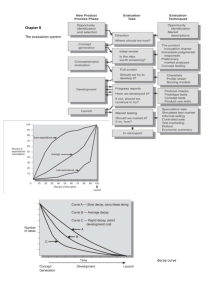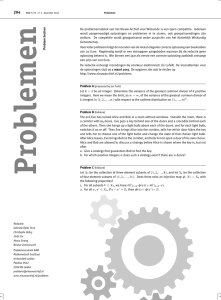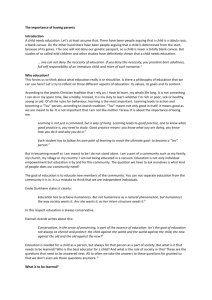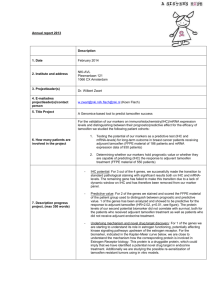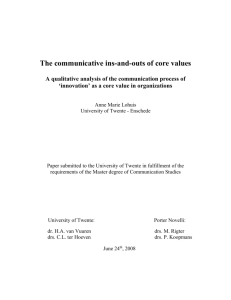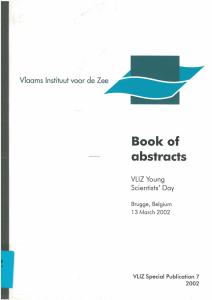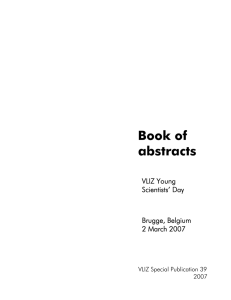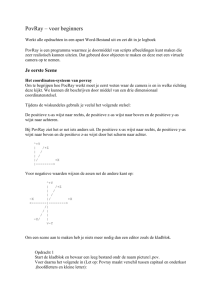Environmental simulation and data assimilation
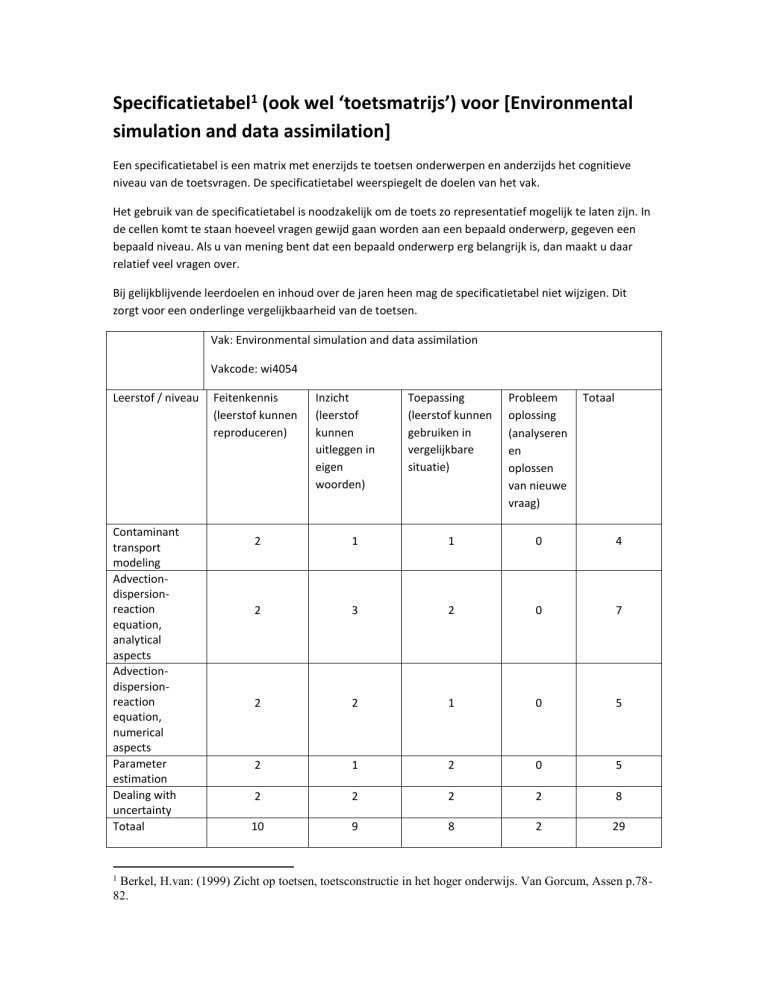
Specificatietabel
1
(ook wel ‘toetsmatrijs’) voor [Environmental simulation and data assimilation]
Contaminant transport modeling
Advectiondispersionreaction equation, analytical aspects
Advectiondispersionreaction equation, numerical aspects
Parameter estimation
Dealing with uncertainty
Totaal
Een specificatietabel is een matrix met enerzijds te toetsen onderwerpen en anderzijds het cognitieve niveau van de toetsvragen. De specificatietabel weerspiegelt de doelen van het vak.
Het gebruik van de specificatietabel is noodzakelijk om de toets zo representatief mogelijk te laten zijn. In de cellen komt te staan hoeveel vragen gewijd gaan worden aan een bepaald onderwerp, gegeven een bepaald niveau. Als u van mening bent dat een bepaald onderwerp erg belangrijk is, dan maakt u daar relatief veel vragen over.
Bij gelijkblijvende leerdoelen en inhoud over de jaren heen mag de specificatietabel niet wijzigen. Dit zorgt voor een onderlinge vergelijkbaarheid van de toetsen.
Vak: Environmental simulation and data assimilation
Vakcode: wi4054
Leerstof / niveau Feitenkennis
(leerstof kunnen reproduceren)
Inzicht
(leerstof kunnen uitleggen in eigen woorden)
Toepassing
(leerstof kunnen gebruiken in vergelijkbare situatie)
Probleem oplossing
(analyseren en oplossen van nieuwe vraag)
Totaal
2
2
2
2
2
10
1
3
2
1
2
9
1
2
1
2
2
8
0
0
0
0
2
2
4
7
5
5
8
29
1 Berkel, H.van: (1999) Zicht op toetsen, toetsconstructie in het hoger onderwijs. Van Gorcum, Assen p.78-
82.
Invulinstructie: Keuze tussen cijfers en percentages:
Cijfers: U geeft 1 (beetje belangrijk), 2 (gemiddeld belangrijk) en 3 (zeer belangrijk) per onderwerp en
(eventueel meerdere) niveau. Bij een 3 stelt u drie keer zoveel vragen over dit onderwerp op het aangegeven niveau.
Percentages: U verdeelt percentages over de onderwerpen en niveaus. Als u zich strikt houdt aan de percentages kan het lastig worden deze om te zetten in (hele) aantallen vragen.
WI4054, Study objectives
Environmental simulation and data assimilation
December 21, 2012
General course aims
Acquiring elementary modeling skills for contaminant transport processes. 3a-b,
3d
Knowledge of mathematical techniques for studying the advection-dispersionreaction equation and the ability to interpret the outcome in a practical context.
1a-d, 3b
Grasping the need, in the context of environmental models, to study uncertainty in the parameters and mastering some basic skills to do so, with emphasis on combining models and measurements. 1a-d
Being able to carry out a small project involving uncertainty and associated statistics, to report on this (using not too much graphics) and to present orally the background of choices and motivations. 1c, 1e, 4d, 5c, 6a
Specific learning goals
Contaminant transport modeling
Physics of transport by flow in surface/subsurface areas, chemical reactions
The student has learned about elementary modeling aspects of the separate processes and knows how to combine them in a mathematical model, presented by the advection-dispersion-reaction equation. 3a-b, 3d
Advection-dispersion-reaction equation, analytical aspects
Characteristics, boundary conditions, Fourier analysis, analytical solutions
The student knows how to classify the equation, also in limiting cases. He masters the method of the characteristics for studying advective transport, including the application to formulate appropriate physically motivated boundary conditions (2D). The student is able to derive some analytical solutions, in most cases using Fourier transformation, and knows to connect properties of these solutions to separate terms of the equation (e.g. diffusion causes spreading). 1a-b, 3b
Advection-dispersion-reaction equation, numerical aspects
Finite volume Eulerian methods, Eulerian-Lagrangian methods, split methods
The student has a broad overview of numerical techniques in this field and has knowledge of implementation aspects (Matlab). The student is familiar with the concept of numerical diffusion and well informed that obtaining a physically valid discretization of the advective terms is coupled directly to an advanced study of monotonicity. 1a-d
Parameter estimation
Object function, mimimization, adjoint method, time-dependent problems
The student is able to perform a simple estimation using standard software. The student is aware of the fact that, for large scale systems, gradient-based optimization is attractive and knows, in simple cases, how to compute the gradient using the adjoint method. 1a-d
Dealing with uncertainty
Including statistics, Monte Carlo method, first-order analysis, Kalman filtering, approximate Kalman filtering
The student knows how to introduce stochastic elements, focusing on the mean and covariance matrix. He is familiar with basic methods for studying uncertainty. Moreover, the student is skilled with combining model and measurements in a stochastic setting using Kalman filters, both for linear and nonlinear models. With large scale systems as motivation, the student has also touched upon approximate filtering techniques. 1a-d
